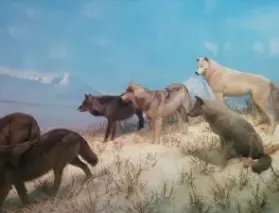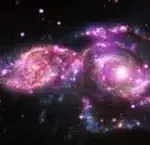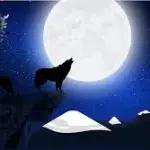I was first aware of Oliver Sacks with the publication in 1985 of his book The Man Who Mistook His Wife for a Hat, descriptions of his mentally ill patients, cases that were as intriguing as the title. A few years later the popular movie Awakenings, based on a Sacks’ memoir, told the story of the kind, idealistic doctor, played by Robin Williams, who finds a drug to revive catatonic patients at a hospital in the Bronx.
Sacks died on August 30, 2015. Recently he had been writing articles for the New York Times about his final months. One of these wrenching and beautiful pieces is “My Periodic Table.” In it, Sacks describes three items in nature that affirmed different sides of him. He shows us how creatures and lifeless things can speak to us unexpectedly about life and death.
“Times of stress throughout my life have led me to turn, or return, to the physical sciences, a world where there is no life, but also no death.” With death approaching, “I am again surrounding myself, as I did when I was a boy, with metals and minerals, little emblems of eternity.” These included element 81, Thalium, a souvenir of Sacks’ 81st birthday last year; Lead, 82, for the birthday just celebrated; and Bismuth, 83. “I do not think I will see my 83rd birthday, but I feel there is something hopeful, something encouraging, about having ‘83’ around.”
(Reading this, I recalled how, as a boy, I tried with my father’s help to collect all 92 natural elements. In a display case on the wall over my bed I placed some sulfur and carbon from my chemistry set, small bottles of hydrogen, nitrogen and other gases that I had made, and bits of lead, iron, and other metals. Bringing together in my room the building blocks of nature felt like a commanding achievement. I think the final display came to about 20 items.)
While Sacks found consolation in the basic metals, he found something unsettling in the stars. About viewing the starry sky one night, he wrote that “It was this celestial splendor that suddenly made me realize how little time, how little life, I had left. My sense of the heavens’ beauty, of eternity, was inseparably mixed for me with a sense of transience—and death.”
Lastly, when he “wanted to have a little fun” before beginning immunotherapy, he visited the lemur research center in North Carolina. “Lemurs are close to the ancestral stock from which all primates arose, and I am happy to think that one of my own ancestors, 50 million years ago, was a little tree-dwelling creature not so dissimilar to the lemurs of today. I love their leaping vitality, their inquisitive nature.”
A lively ancestor, mortality under the stars, deathless birthday metals—a holy trinity of sorts, Sacks’ selection of sacred companions. We select from nature according to our joys and fears. The chemical elements mean little to me now, but weeds and insects pull me, as the age of life comforts and instructs me.
written by Brock Haussamen
Subscribe to The Spiritual Naturalist Society
Learn about Membership in the Spiritual Naturalist Society
__________
The Spiritual Naturalist Society works to spread awareness of spiritual naturalism as a way of life, develop its thought and practice, and help bring together like-minded practitioners in fellowship.












